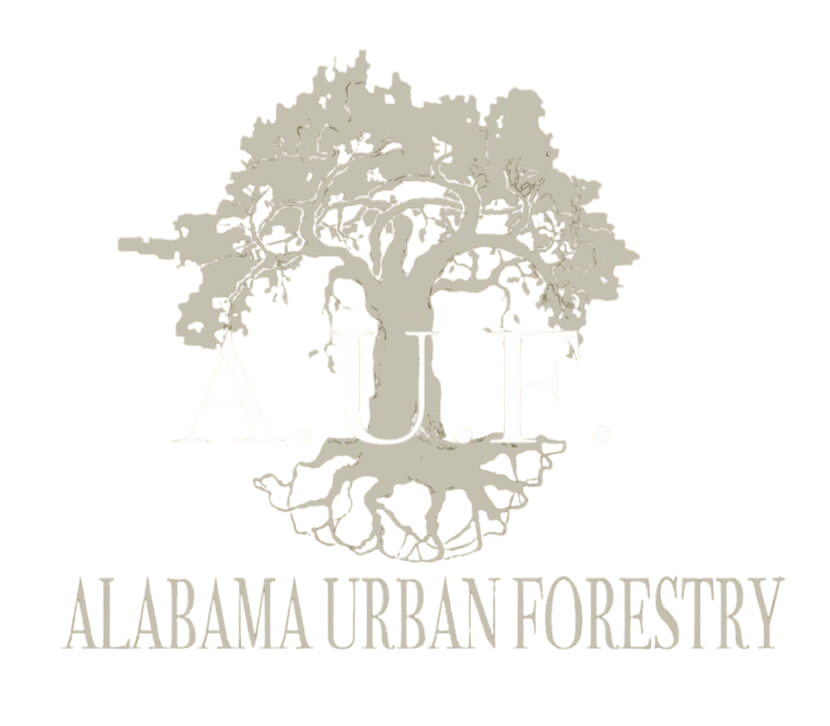Title: Enhancing Forest Health Through Tree Thinning in Gardendale, Alabama
Introduction:
Located in the heart of Alabama, Gardendale boasts a rich natural landscape filled with lush forests that are not only aesthetically pleasing but also crucial for the overall health of the ecosystem. However, like many other regions, Gardendale’s forests face challenges such as overcrowding and lack of biodiversity, which can lead to an increased risk of wildfires and disease outbreaks. One effective solution to combat these issues is tree thinning, a forestry management practice that can significantly improve forest health and resilience.
What is Tree Thinning?
Tree thinning is a strategic forestry management technique that involves selectively removing a certain number of trees from a forest to reduce overcrowding and improve overall forest health. By spacing out the trees and allowing more light and resources to reach the remaining trees, tree thinning can enhance tree growth, increase biodiversity, and reduce the risk of wildfires.
Benefits of Tree Thinning in Gardendale:
1. Improved Tree Growth: By thinning out the forest, trees have access to more sunlight, water, and nutrients, which promotes healthier and more vigorous growth. This results in stronger, more resilient trees that are better equipped to withstand environmental stresses.
2. Biodiversity Enhancement: Overcrowded forests can limit the diversity of plant and animal species that can thrive in the area. Tree thinning allows for a more diverse understory to develop, creating habitats for a wider range of species and promoting a healthier ecosystem overall.
3. Reduced Risk of Wildfires: Crowded forests are more susceptible to wildfires due to the high density of trees and increased competition for resources. By thinning out the forest, the risk of wildfires is significantly reduced as there is less fuel available to sustain a fire and a lower likelihood of it spreading.
4. Disease Prevention: Overcrowded forests are more prone to the spread of diseases and pests due to the close proximity of trees. Tree thinning helps to improve air circulation and reduce the likelihood of disease outbreaks, ultimately protecting the overall health of the forest.
5. Enhanced Aesthetics: Beyond the ecological benefits, tree thinning can also improve the visual appeal of the forest by creating a more open and inviting space for recreation and enjoyment.
Conclusion:
In Gardendale, Alabama, tree thinning plays a crucial role in maintaining the health and vitality of the region’s forests. By implementing sustainable forestry practices such as tree thinning, we can ensure that our forests remain resilient, diverse, and beautiful for generations to come. Through thoughtful management and stewardship, Gardendale can continue to be a shining example of how tree thinning can positively impact forest health and ecosystem sustainability.

